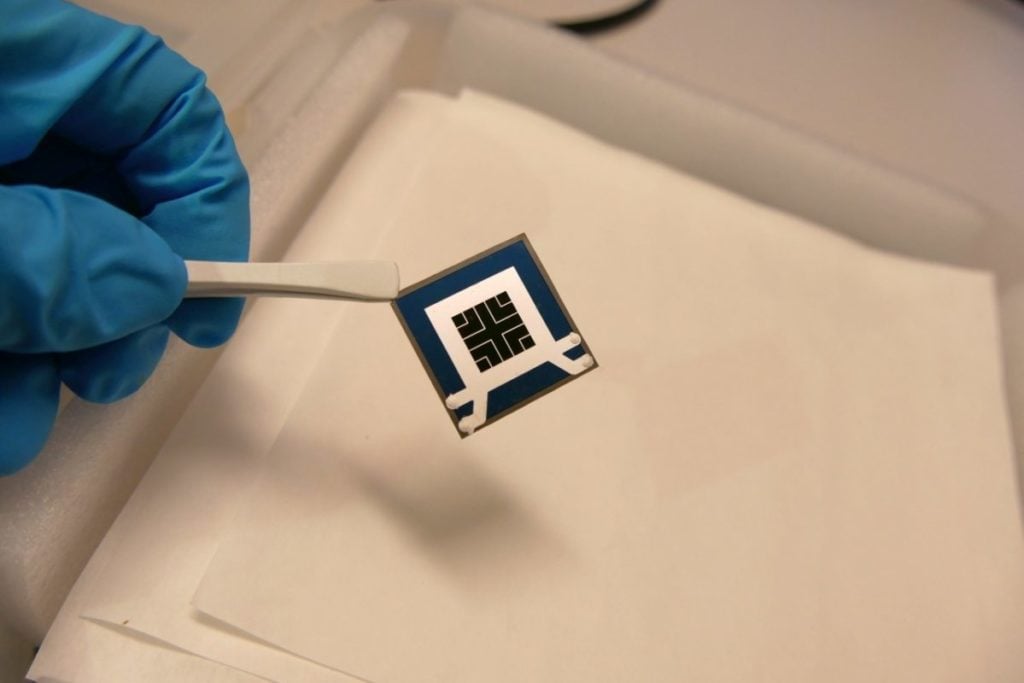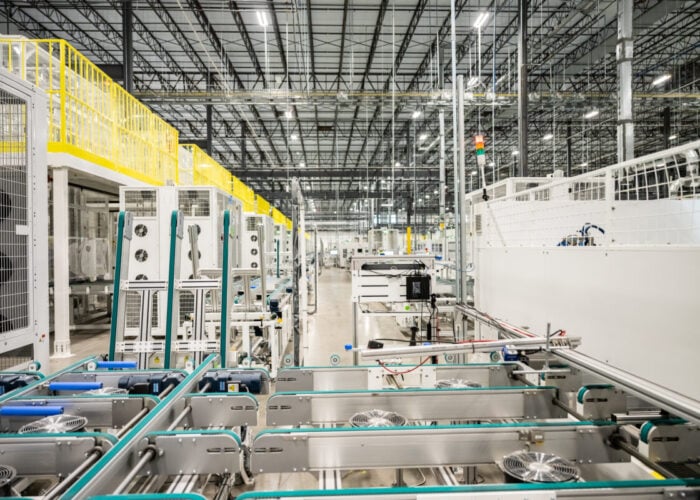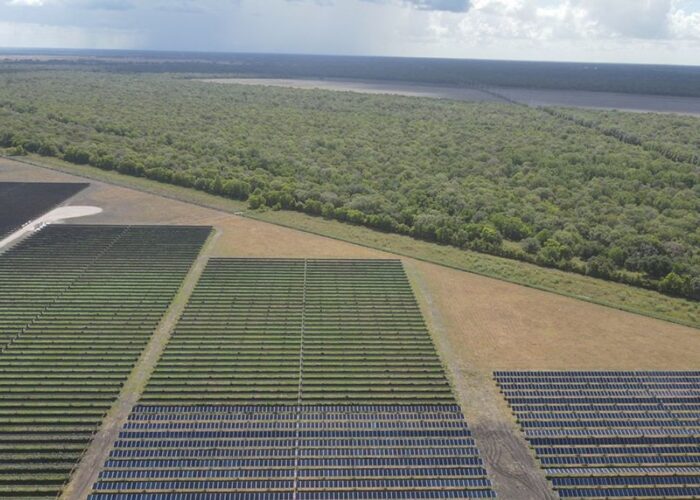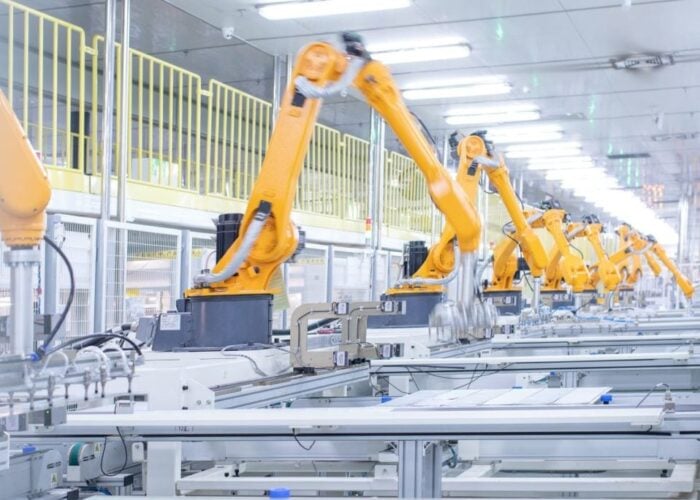
German research institution Fraunhofer ISE has developed a perovskite-silicon triple-junction solar cell, which boasts a conversion efficiency of “over 30%” and a voltage of over 2.8v.
The cell consists of three sub-cells, giving it its name as a “triple junction” cell, two of which are made of perovskite, and one of which is made of silicon. The cell was developed by Fraunhofer academics as part of the Triumph research project, funded by the European Commission, and the RIESEN research project, funded by the German government.
Try Premium for just $1
- Full premium access for the first month at only $1
- Converts to an annual rate after 30 days unless cancelled
- Cancel anytime during the trial period
Premium Benefits
- Expert industry analysis and interviews
- Digital access to PV Tech Power journal
- Exclusive event discounts
Or get the full Premium subscription right away
Or continue reading this article for free
“Tandem photovoltaics holds the key to higher efficiencies,” says Professor Dr Stefan Glunz, division director for photovoltaics at Fraunhofer ISE, speaking about the benefits of tandem cells, which incorporate a number of distinct sub-cells.
“While we are currently in the process of scaling up the development of perovskite-silicon tandem solar cells and readying them for use in industry in our Pero-Si-SCALE project, it’s also fantastic to see how triple-junction solar cells hold so much potential for advancing the concept in the future.”
The cell’s material composition and tripartite structure have given it a much higher conversion efficiency than other cells in the sector. Last month, Solar Module Super League member Risen Energy drew headlines for successfully mass-producing a heterojunction solar cell with a conversion efficiency of 23.89%. While Fraunhofer’s cell has only been tested in a laboratory setting, and it is not yet ready for commercial production, any improvement in conversion efficiency are a positive development for the global solar sector.
The materials used in the cell are also of note. While this is not the most efficient solar cell ever produced – last year, researchers from the US National Renewable Energy Laboratory unveiled a triple-junction cell with a conversion efficiency of 34.2% – its use of both silicon and perovskite is notable, as both materials are expected to feature prominently in the future of the solar sector.
“The voltage of over 2.8v measured for the perovskite-perovskite-silicon solar cell suggests that the technology is extremely promising for electricity generation,” said Dr Juliane Borchert, group leader for perovskite-silicon technologies at Fraunhofer ISE and at the University of Freiburg, discussing the potential of perovskite and silicon in particular in the future.
“This is a record value for this type of solar cell and demonstrates how photovoltaics combining perovskite and silicon offers huge untapped potential.”
The news follows renewed interest in TOPCon (tunnel oxide passivated contact) solar cells, with TOPCon back contact cells in particular set to see increased interest in the coming years.





